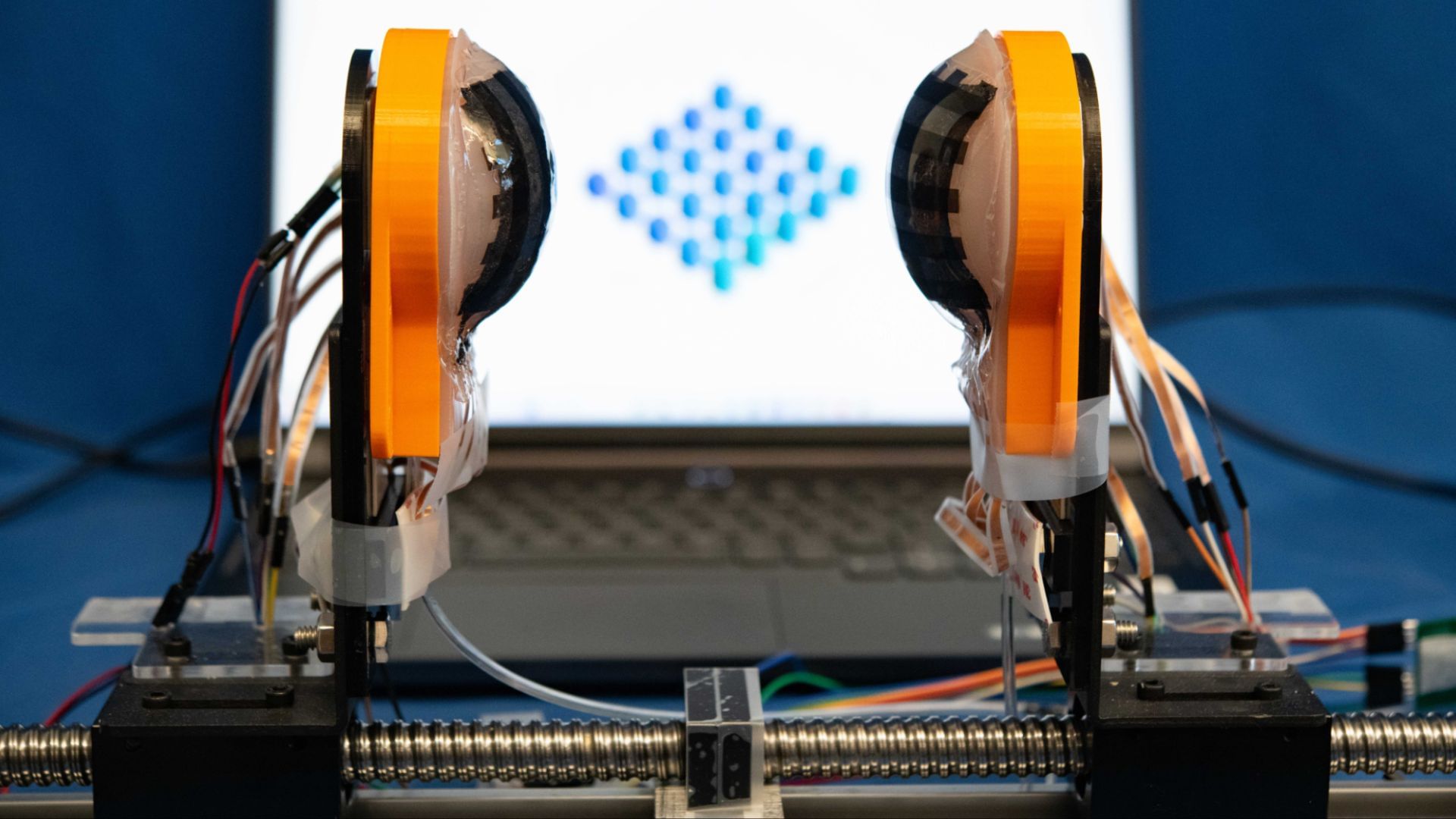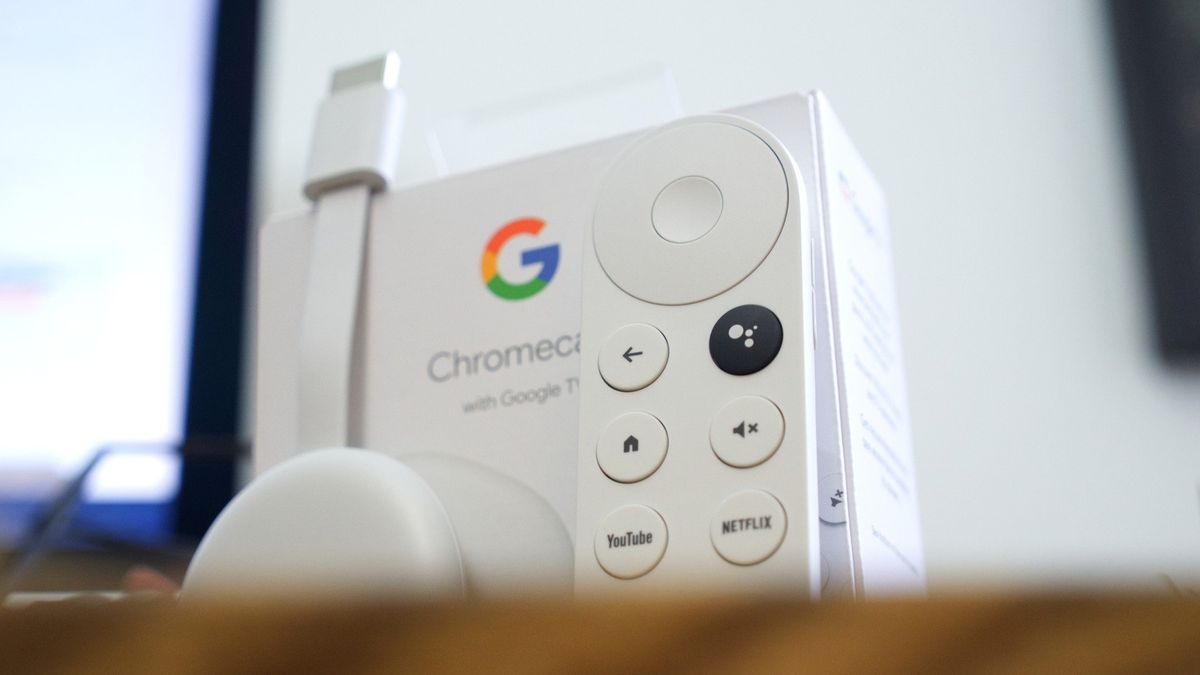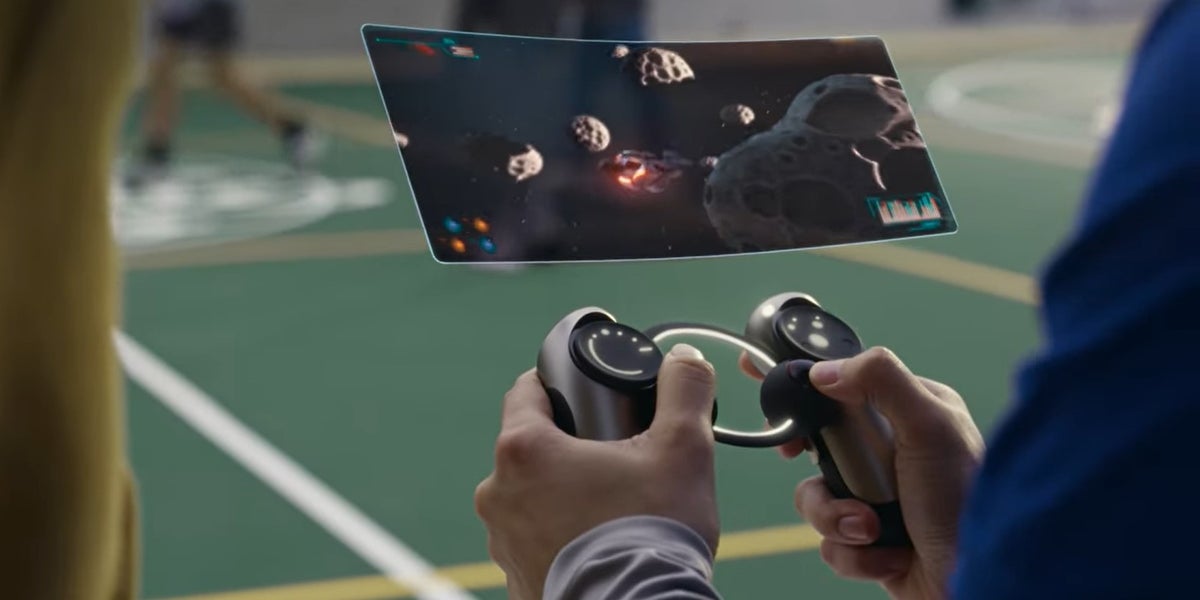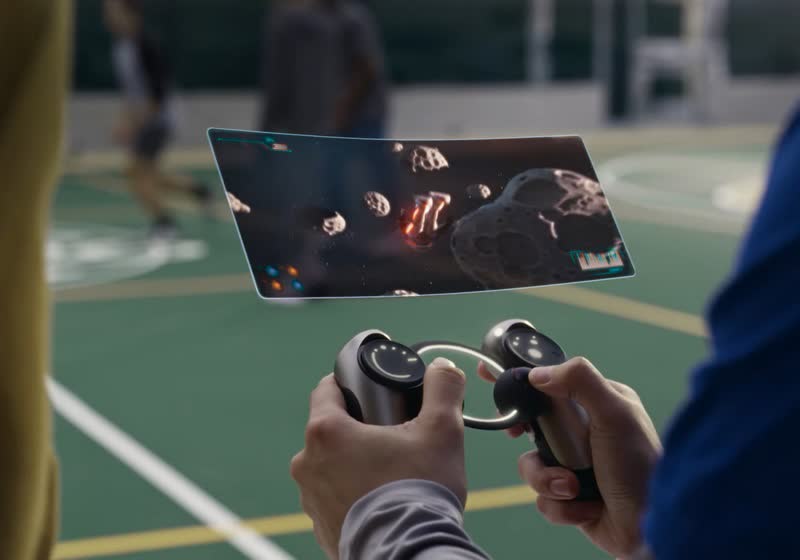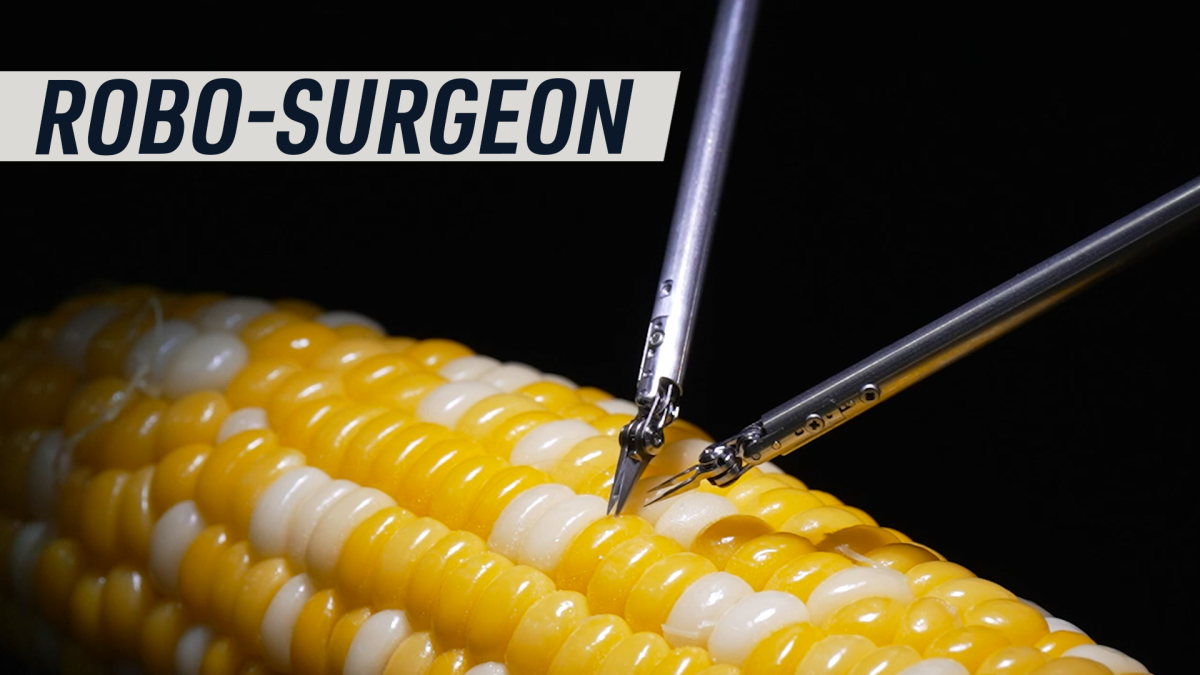Revolutionizing Robotics with Stretchable Electronic Skin
The University of Texas at Austin researchers have made a groundbreaking development in the field of robotics with their stretchable electronic skin. This innovative technology can equip robots with the same level of sensitivity and softness as human skin, enabling them to perform caregiving tasks with precision and control. Unlike conventional e-skin technology, the new stretchable e-skin maintains accuracy even as it expands, making it ideal for a wide range of applications.
The stretchable e-skin can be integrated into robot hands to mimic the control and softness of a human hand. In medical settings, these robots could assist with tasks such as checking a patient’s pulse or providing basic care. Additionally, in emergency situations like natural disasters, robots equipped with this technology can search for and assist injured individuals, offering immediate aid such as CPR.
One of the key advantages of the stretchable e-skin is its ability to sense pressure based on contact, allowing robots to adjust the amount of force they apply. This ensures that they can handle delicate objects like eggs or interact safely with humans without causing harm. The hybrid nature of the e-skin, combining capacitive and resistive properties, further enhances its functionality for various tasks.
Lead researcher Nanshu Lu emphasized the importance of the e-skin’s ability to maintain pressure response even when stretched, likening it to the flexibility of human skin. This achievement marks a significant step forward in robotics technology and opens up new possibilities for the use of robots in caregiving and emergency response scenarios.
Empowering Robots with Human-Like Sensitivity
The development of stretchable electronic skin by researchers at the University of Texas at Austin has the potential to revolutionize the capabilities of robots in various fields. By equipping robots with the same level of sensitivity and softness as human skin, this innovative technology enables them to perform tasks with precision and care, particularly in caregiving roles where human touch is essential.
The stretchable e-skin offers a unique solution to the challenges faced in robotics, providing robots with the ability to sense pressure and adjust their force accordingly. This feature is crucial for tasks that require delicate handling, such as picking up fragile objects or interacting with patients in a medical setting. The hybrid nature of the e-skin, combining capacitive and resistive properties, enhances its versatility for a wide range of applications.
The researchers have demonstrated the capabilities of the stretchable e-skin through probes and grippers that can perform tasks like capturing a human pulse or holding onto objects without causing damage. This technology opens up new possibilities for the use of robots in scenarios where human-like sensitivity is required, such as providing care in healthcare settings or responding to emergencies with precision and efficiency.
Enhancing Robot Capabilities with Stretchable Electronic Skin
The University of Texas at Austin researchers have made a significant breakthrough in robotics technology with the development of stretchable electronic skin. This innovative technology allows robots to be equipped with human-like sensitivity and softness, enabling them to perform tasks that require precision and control, such as caregiving and emergency response.
The stretchable e-skin offers a solution to the limitations of conventional e-skin technology, maintaining accuracy even as it expands to accommodate different shapes and movements. This feature is essential for robots to interact safely with humans and handle delicate objects without causing damage. The hybrid nature of the e-skin, combining capacitive and resistive properties, enhances its functionality for a wide range of applications.
By integrating the stretchable e-skin into robot hands, researchers have demonstrated its potential to mimic the control and softness of a human hand. This development opens up new possibilities for the use of robots in medical care, disaster response, and other scenarios where human-like sensitivity is required. The stretchable electronic skin represents a significant advancement in robotics technology, empowering robots to perform tasks with precision and care in a variety of settings.
